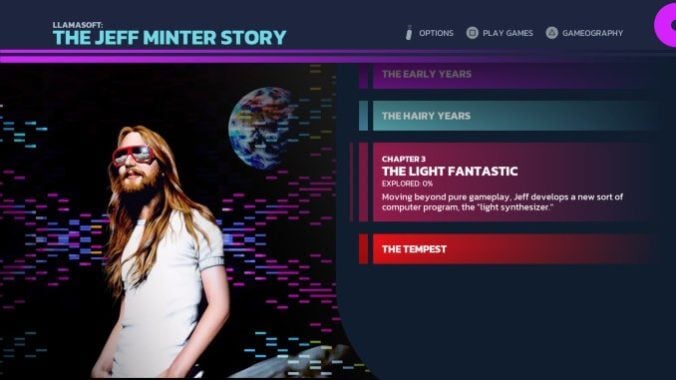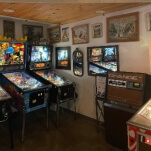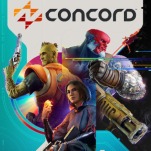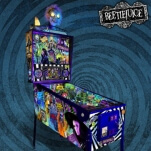Llamasoft: The Jeff Minter Story Digs Into the Underground Past (and Future) of Games

I can’t imagine hating myself or my free time enough to ever argue about if games can be art or not. Somehow it never stops, though; people have been weighing in on that insufferable debate for decades now, despite it all being such a colossal waste of time. That question was settled 40 years ago by one single guy. Jeff Minter is an artist, and his medium is videogames.
I don’t see how anybody could think otherwise after experiencing Llamasoft: The Jeff Minter Story. The latest entry in Digital Eclipse’s groundbreaking Gold Master series of playable documentaries collects dozens of Minter’s early games, from his earliest ZX81 rough drafts up to his 1994 masterpiece Tempest 2000, and the hallmarks of a true artist are unmistakable. Throughout his career Minter has continually iterated on similar themes, mechanics, and images, creating a unified body of games whose dreamlike logic and visuals are at odds with their strict difficulty and well-defined mechanics. Minter’s work exists in the contrast between form and function; he’s a visual iconoclast resolutely exploring the most traditional notions of “gameplay” through surreal arcade games that always bear his personal signature.
What I’m saying is his games look like abstract art and play like something you could’ve found in a bowling alley arcade in 1985, and that’s about the most bulletproof approach to game design I can think of. They look like the future and play like the past and feel absolutely like today. A Minter game is always worth playing and almost always good, no matter what year it was made or what hardware it was made for. There’s nobody else like him and nobody else in games who is so clearly and undeniably an artist. And all without being a precious, pretentious twit about it. Good job, Jeff.

What’s a Jeff Minter game like, though? Since 1981 he’s been making increasingly psychedelic and complex arcade-style games with a distinctive sense of humor and frequent references to such animals as sheep, camels, llamas, and giraffes. Games like 1982’s Andes Attack and 1983’s Attack of the Mutant Camels riff on arcade hits Defender and The Empire Strikes Back, respectively, only with Defender’s humans replaced by llamas and the AT-AT walkers of Star Wars turned into giant camels. 1982’s Gridrunner, which wound up being the best-selling computer game of 1983 in the U.S., is a blisteringly fast sci-fi spin on Centipede that ultimately improves on its inspiration. Tempest 2000, probably the best known game of the lot to modern audiences, is a trippy mid ‘90s techno update on Atari’s classic ‘80s tube shooter. Minter’s games largely depend on shooting (or blasting, as Minter calls it) through progressively faster and more chaotic environments full of flashing lights, pulsing colors, and enemy swarms; as hardware has grown more powerful, Minter’s games have become more abstract and psychedelic, as can be seen with his brand new version of Atari’s Akka Arrh (which was released by Atari on March 8 and is not a part of the Llamasoft collection) and 2017’s Polybius (which is also not on Llamasoft).








































